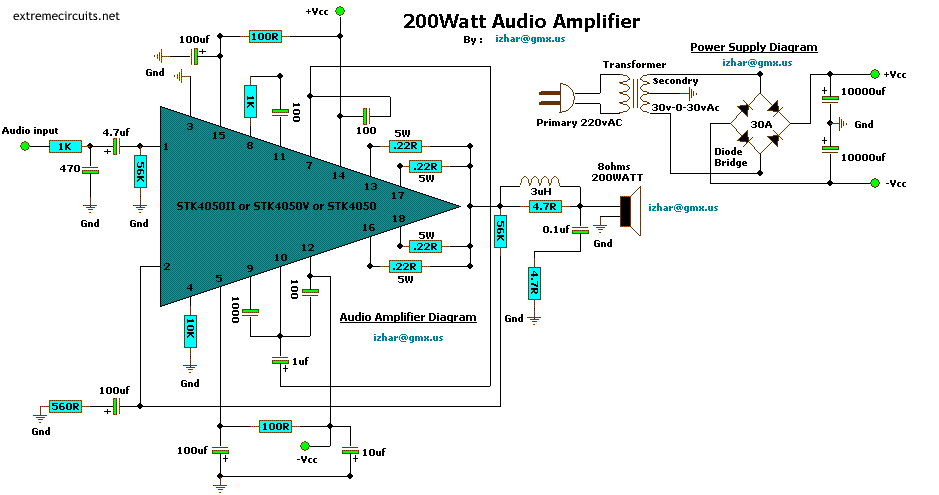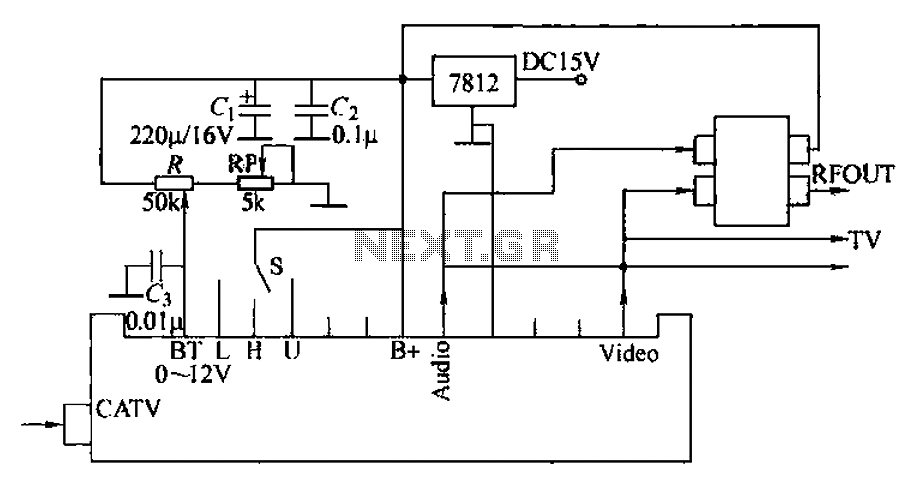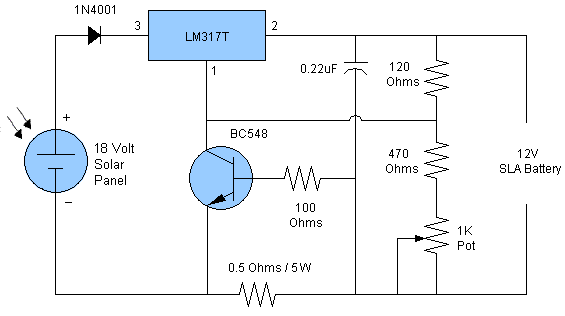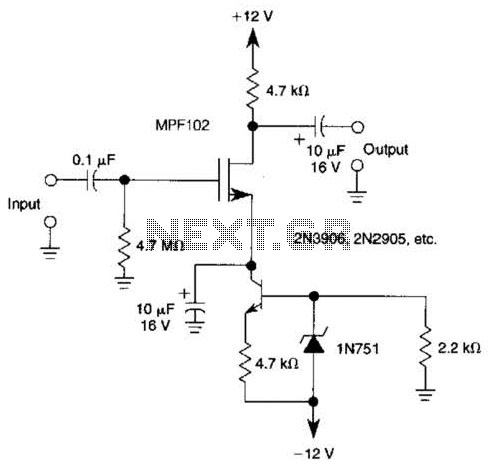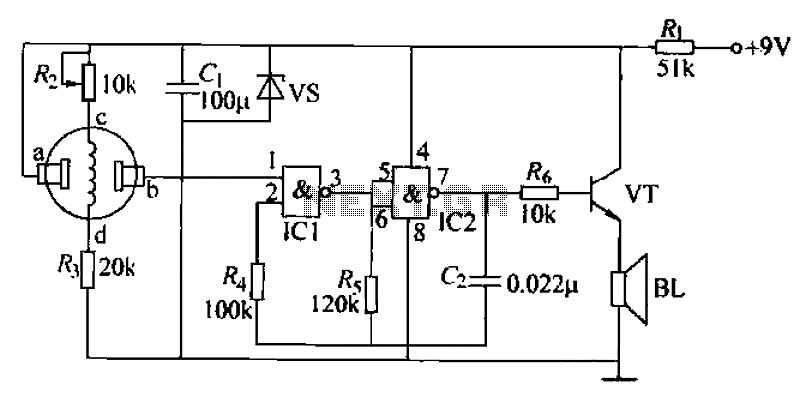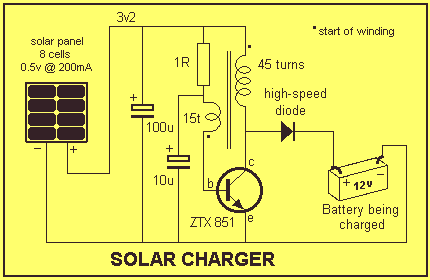
555 logic test circuit diagram pen

Figure 555 illustrates a simple logic circuit test lead. The test pen utilizes the 555 timer IC as its core component, incorporating a Schmitt trigger to assess the logic state of digital circuits. The circuit has two outputs: when the input signal level is 0, LED2 lights up; when the input is 1, LED1 lights up. For instance, when the supply voltage (Vdd) is 4.5V, the TTL circuit is measured by adjusting RP1 to set the potential at pin 5 to 2.4V. The Schmitt trigger's trigger level at pin 6 is 2.4V, while the threshold level at pin 2 is 1.2V. When the input level exceeds 2.4V, LED1 illuminates; conversely, when it drops below 1.2V, LED2 illuminates. This circuit is designed to test the operating voltage of a -24V PMOS circuit.
The circuit primarily utilizes a 555 timer IC configured in a monostable or astable mode, depending on the desired application. The Schmitt trigger feature provides hysteresis, which is critical for distinguishing between high and low logic levels in noisy environments. The input signal is connected to pin 2 (trigger) of the 555 timer, while pin 6 (threshold) is used to determine the switching points for the LEDs.
LED1 and LED2 serve as visual indicators of the logic state. The adjustment potentiometer (RP1) allows for fine-tuning the reference voltage at pin 5, which is essential for accurate testing of digital circuits. The resistor values and capacitor connected to the 555 timer are selected to ensure that the timing characteristics suit the application, providing stable operation across a range of input conditions.
In the context of testing a -24V PMOS circuit, the circuit is designed to withstand higher input voltages, ensuring that the 555 timer operates correctly without damage. The output states of the LEDs provide immediate feedback on the logic level, which is crucial for troubleshooting and verifying the functionality of digital components. This circuit can be an invaluable tool for engineers and technicians working with digital electronics, allowing for quick assessments of circuit performance and integrity. As shown in Figure 555 is a simple logic circuit test leads. Test pen 555 as the core, it will take a Schmitt trigger, the logic state of the test for digital circuit. 2,6 555 feet and then, when the input signal level is 0, 555 set, LED2 light; when the input is 1, LED1 lights. For example, when Vdd 4.5V, the measurement TTL circuit, adjust RP1, so 5 feet potential 2.4V, the Schmitt trigger R end (6 feet) trigger level 2.4V, S end (2 feet ) level is 1.2V.
When the input level is higher than 2.4V, LED1 lights; below 1.2V, LED2 light. This circuit is used to test the operating voltage of -24V PMOS circuit.
The circuit primarily utilizes a 555 timer IC configured in a monostable or astable mode, depending on the desired application. The Schmitt trigger feature provides hysteresis, which is critical for distinguishing between high and low logic levels in noisy environments. The input signal is connected to pin 2 (trigger) of the 555 timer, while pin 6 (threshold) is used to determine the switching points for the LEDs.
LED1 and LED2 serve as visual indicators of the logic state. The adjustment potentiometer (RP1) allows for fine-tuning the reference voltage at pin 5, which is essential for accurate testing of digital circuits. The resistor values and capacitor connected to the 555 timer are selected to ensure that the timing characteristics suit the application, providing stable operation across a range of input conditions.
In the context of testing a -24V PMOS circuit, the circuit is designed to withstand higher input voltages, ensuring that the 555 timer operates correctly without damage. The output states of the LEDs provide immediate feedback on the logic level, which is crucial for troubleshooting and verifying the functionality of digital components. This circuit can be an invaluable tool for engineers and technicians working with digital electronics, allowing for quick assessments of circuit performance and integrity. As shown in Figure 555 is a simple logic circuit test leads. Test pen 555 as the core, it will take a Schmitt trigger, the logic state of the test for digital circuit. 2,6 555 feet and then, when the input signal level is 0, 555 set, LED2 light; when the input is 1, LED1 lights. For example, when Vdd 4.5V, the measurement TTL circuit, adjust RP1, so 5 feet potential 2.4V, the Schmitt trigger R end (6 feet) trigger level 2.4V, S end (2 feet ) level is 1.2V.
When the input level is higher than 2.4V, LED1 lights; below 1.2V, LED2 light. This circuit is used to test the operating voltage of -24V PMOS circuit.
